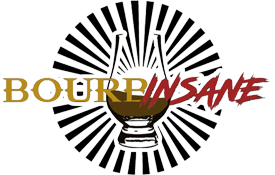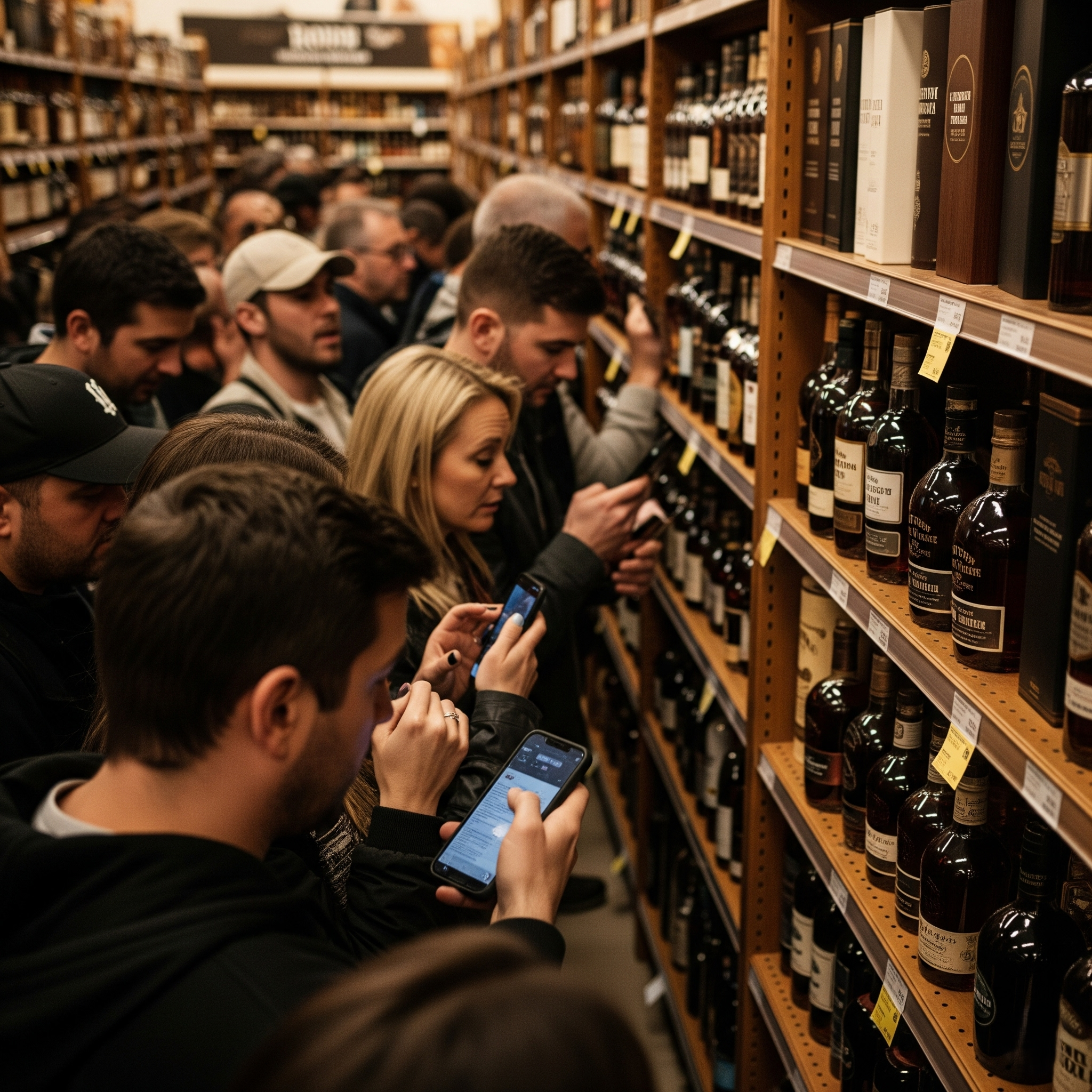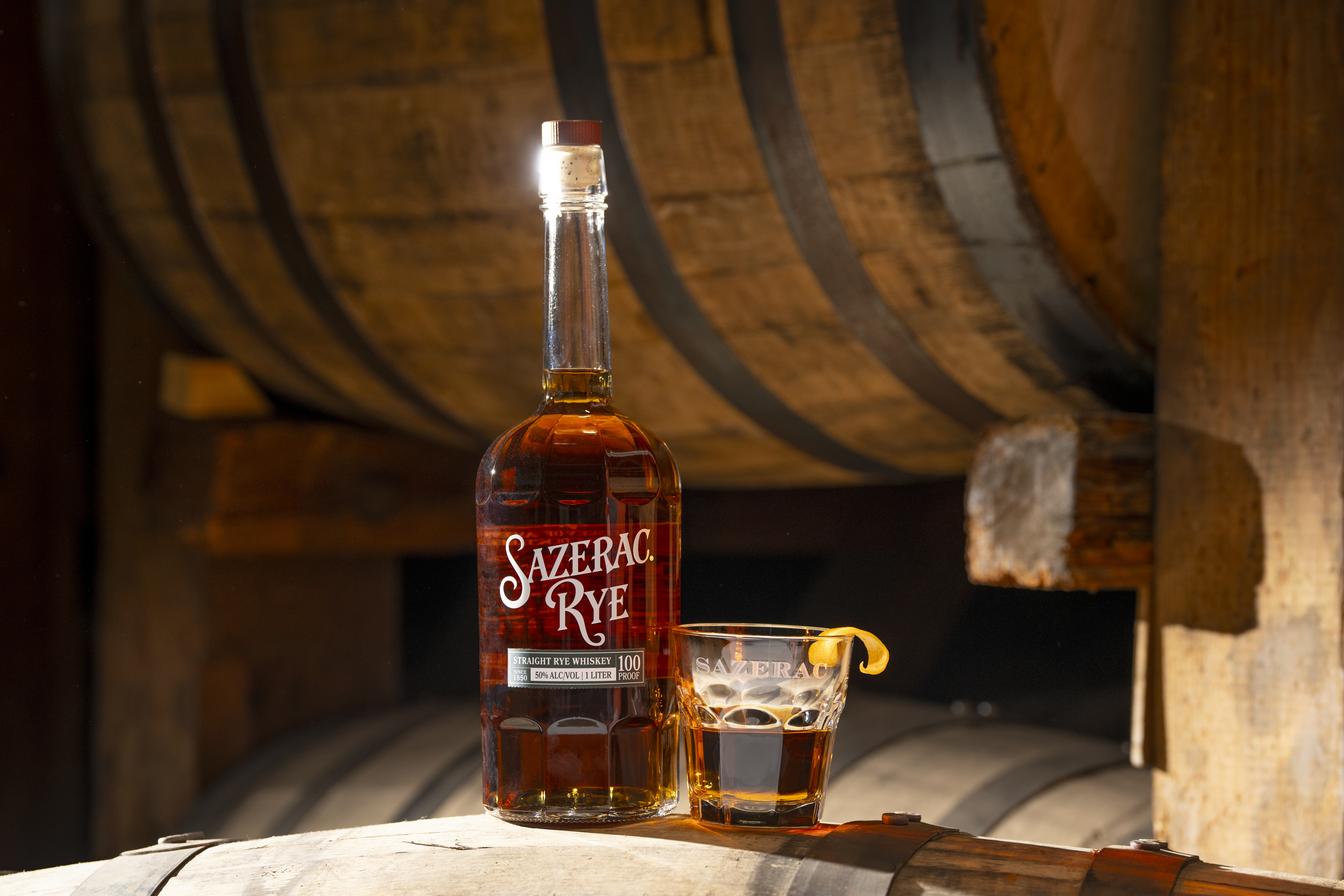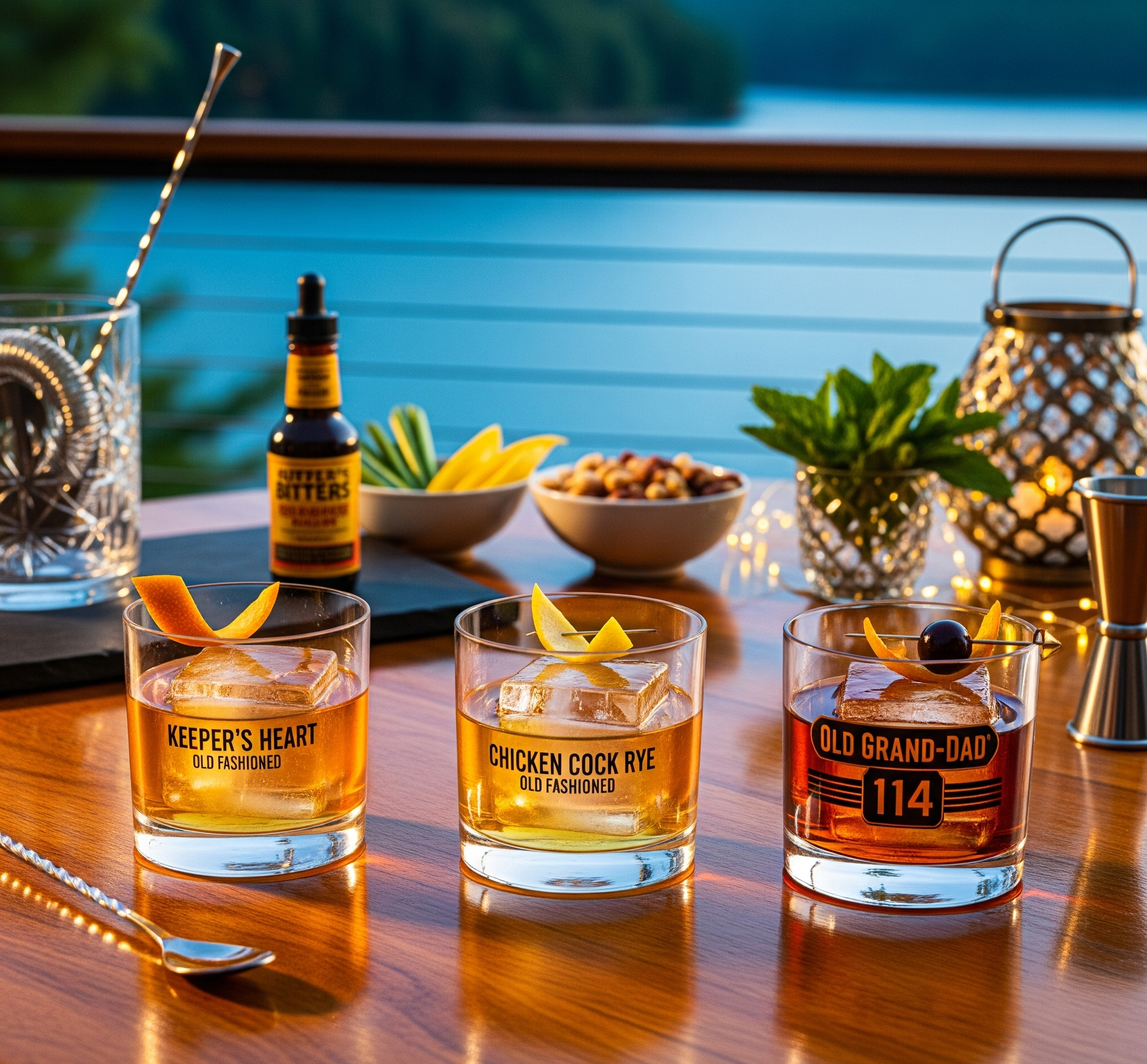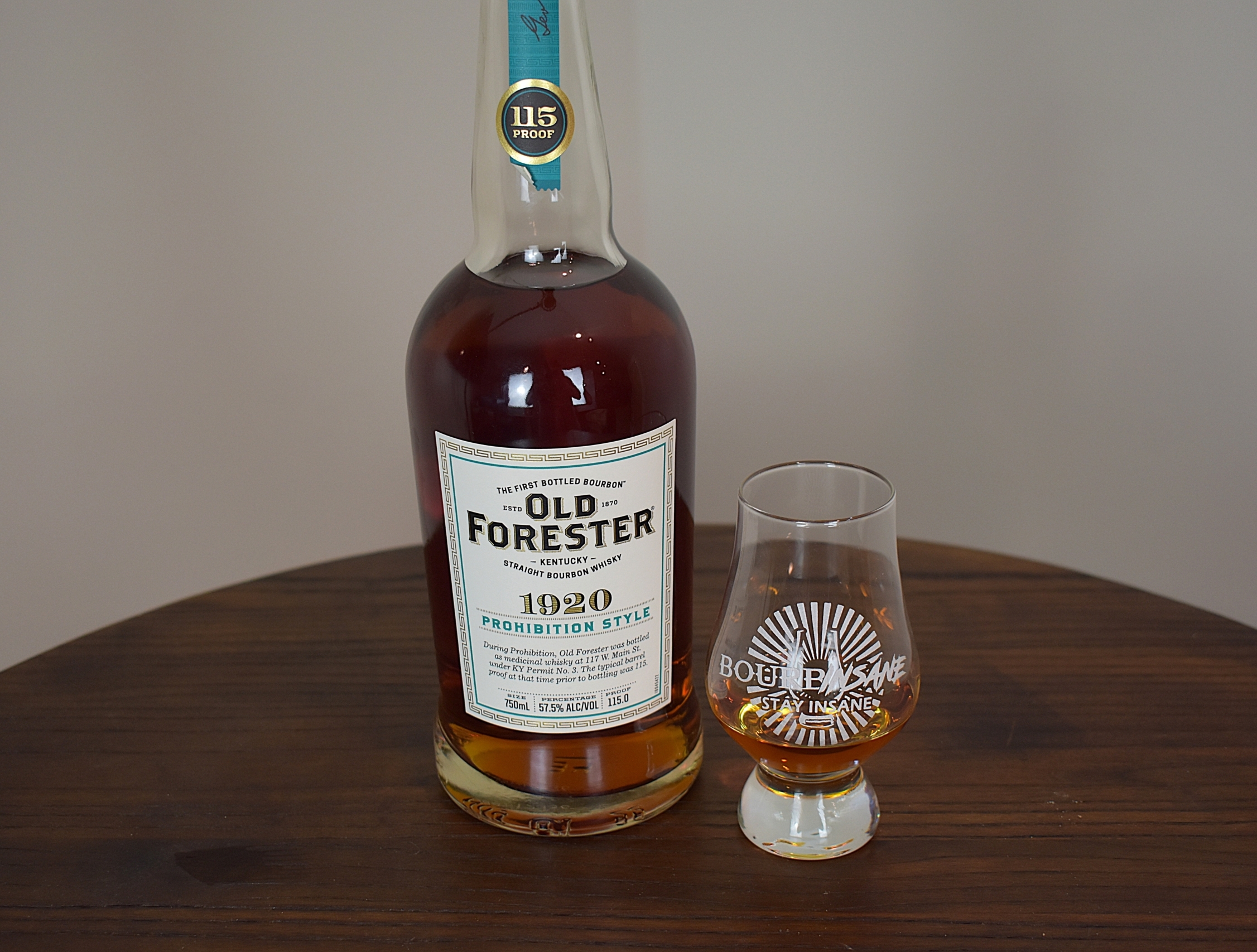Is the Bourbon Boom Slowing Down? Here’s What the Data Says
Table of Contents
Toggle
Table of Contents
ToggleIntroduction: Is the Golden Age of Bourbon Fading?
There was a time—not too long ago—when finding a bottle of Blanton’s or Weller was as rare as winning the lottery. Shelves were bare, lines formed outside liquor stores, and whiskey enthusiasts watched secondary market prices soar. The bourbon boom had officially taken over. But recently, a shift is being felt throughout the whiskey world. Shelves are starting to refill. Limited releases sit longer. The question now being asked: Is the bourbon boom slowing down?
In this article, I’ll dive into the data behind whiskey sales, explore market dynamics, examine the impact of inflation, and look ahead at where the bourbon world may be headed.
Part 1: The Rise of the Modern Bourbon Boom (2010–2022)
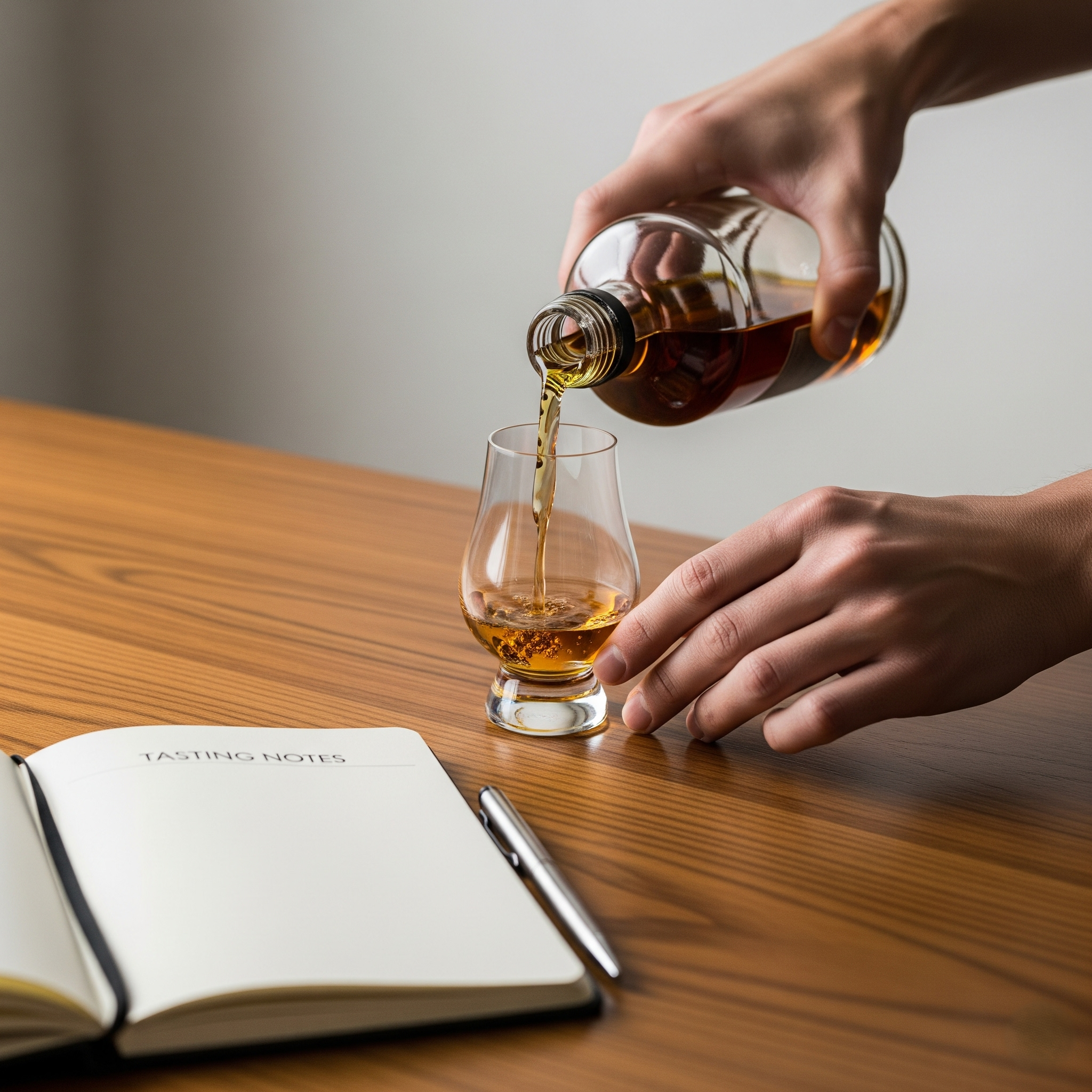 Bourbon wasn’t always the darling of the spirits world. For decades, it played second fiddle to Scotch and vodka. But around the early 2010s, a perfect storm of craft culture, authenticity seeking, and celebrity endorsements gave bourbon a new spotlight.
Bourbon wasn’t always the darling of the spirits world. For decades, it played second fiddle to Scotch and vodka. But around the early 2010s, a perfect storm of craft culture, authenticity seeking, and celebrity endorsements gave bourbon a new spotlight.
The Stats:
- According to the Distilled Spirits Council of the United States (DISCUS), American whiskey sales grew by more than 40% between 2015 and 2021.
- Premium and super-premium bourbons saw the highest growth rates, suggesting that drinkers weren’t just buying whiskey—they were buying good whiskey.
- Global demand exploded as bourbon gained a foothold in European and Asian markets, especially Japan and South Korea.
Pop Culture and Hype:
TV shows like Mad Men and Justified, bourbon blogs, and YouTube channels like Bourbinsane helped elevate bourbon to pop icon status. Social media turned bottles into trophies.
The COVID Catalyst:
The COVID-19 pandemic in 2020 was a major accelerant to the bourbon boom. With bars and restaurants closed, many consumers turned to at-home experiences and started building personal whiskey collections. Online communities flourished, virtual tastings became common, and content creators—including YouTube channels like Bourbinsane—saw increased viewership as people looked for connection and expertise while stuck at home.
Consumers had more time, more disposable income (in many cases due to reduced travel and entertainment spending), and a growing curiosity about spirits. This perfect storm drove up demand, helped normalize premium bourbon purchases, and pushed limited releases into frenzy territory.
The Collector Craze:
Bourbon became more than a drink; it became a collectible. Bottle hunting turned into a sport. And the secondary market ballooned, with rare bottles like Pappy Van Winkle fetching thousands.
Part 2: Signs of a Slowdown (2023–2025)
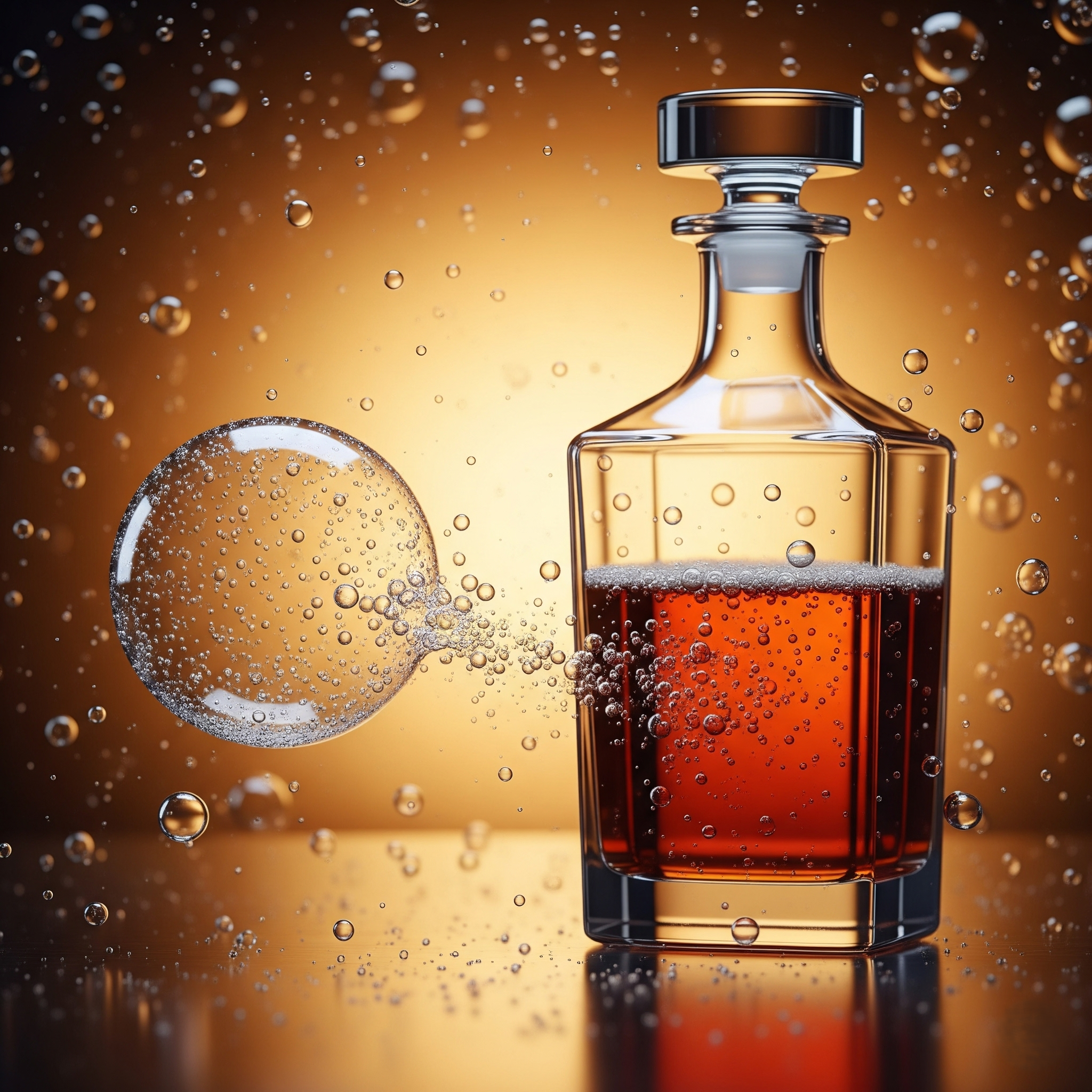 While bourbon is still popular, there are subtle (and not-so-subtle) signs that the meteoric rise is cooling.
While bourbon is still popular, there are subtle (and not-so-subtle) signs that the meteoric rise is cooling.
1. Secondary Market Softening
Resale prices for bottles like Blanton’s, E.H. Taylor, and even Weller have dipped. Limited editions that once vanished instantly now linger for days or even weeks online.
2. Increased Shelf Availability
Many drinkers are reporting that once-scarce bottles are easier to find. This isn’t just anecdotal. Retailers are carrying more premium bottles, and restocks are more frequent.
3. Craft Distillery Saturation
The craft wave brought in a flood of new distilleries—many releasing young or sourced whiskey. As competition increases, differentiation becomes harder. Some distilleries are shutting down or selling to larger companies.
4. Economic Pressures and Inflation
Rising prices on everything from eggs to electricity has made luxury items like bourbon harder to justify for many consumers. That $70 bottle of single barrel doesn’t feel quite as accessible.
5. Retailers Adjusting Strategies
Many liquor stores have cut back on massive markups. Others are moving bottles out of the glass case and back onto shelves. The frenzy that fueled premiums seems to be simmering.
Part 3: What the Data Really Says
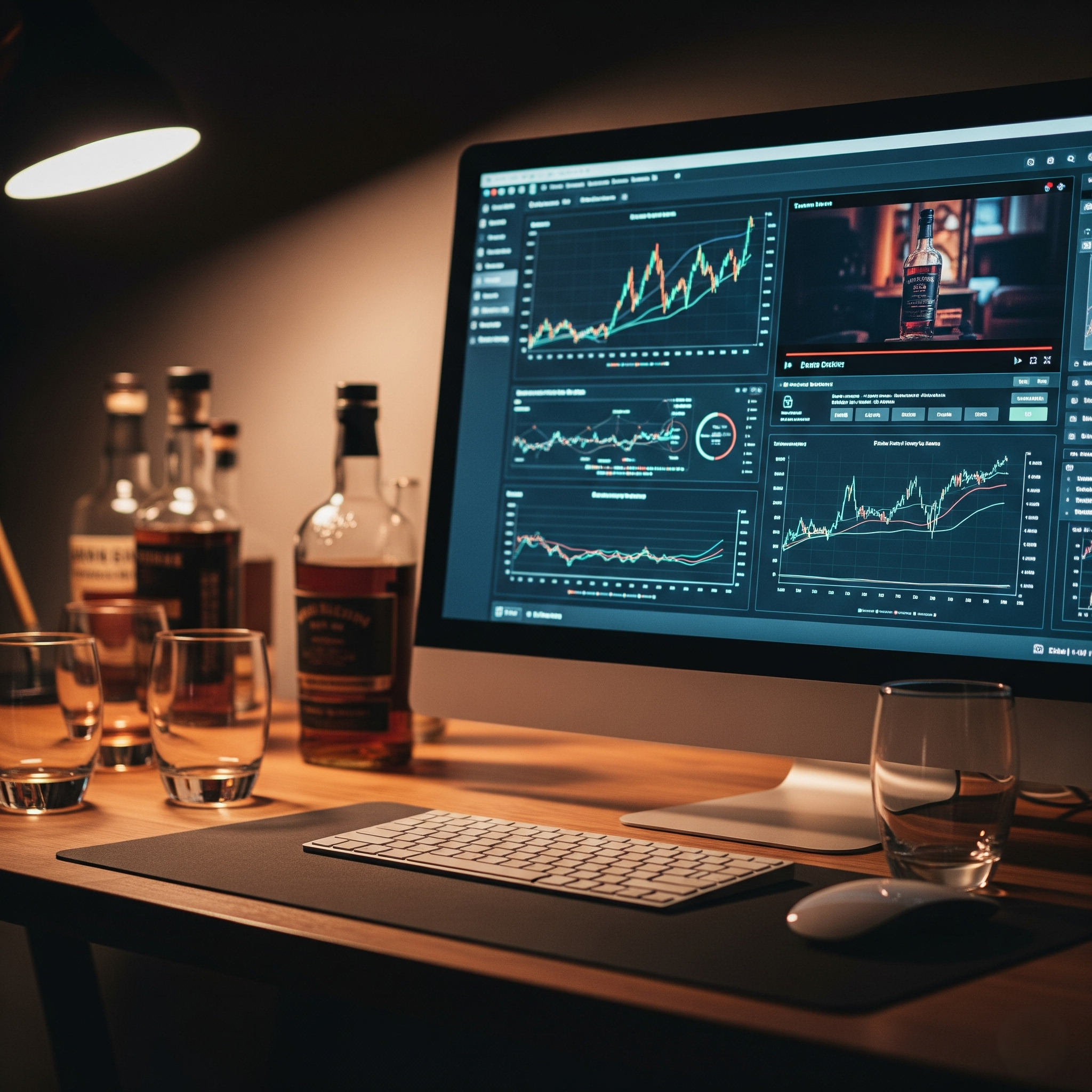 Let’s take a look at the hard numbers from key sources like DISCUS, IWSR, and NielsenIQ.
Let’s take a look at the hard numbers from key sources like DISCUS, IWSR, and NielsenIQ.
Key Market Insights:
- DISCUS reported that growth in American whiskey slowed to just 1.8% in 2023, down from nearly 8% in 2021.
- IWSR noted that while volume growth has tapered, revenue from premium and ultra-premium segments continues to rise—indicating that while fewer bottles are being sold, higher-priced offerings remain in demand.
- NielsenIQ shows a notable dip in total whiskey sales by volume in the U.S. starting Q2 of 2024.
Global Markets:
Interestingly, exports of bourbon have remained strong, particularly to Australia and Germany. International appeal is still a bright spot.
Part 4: Is This a Correction or a Crash?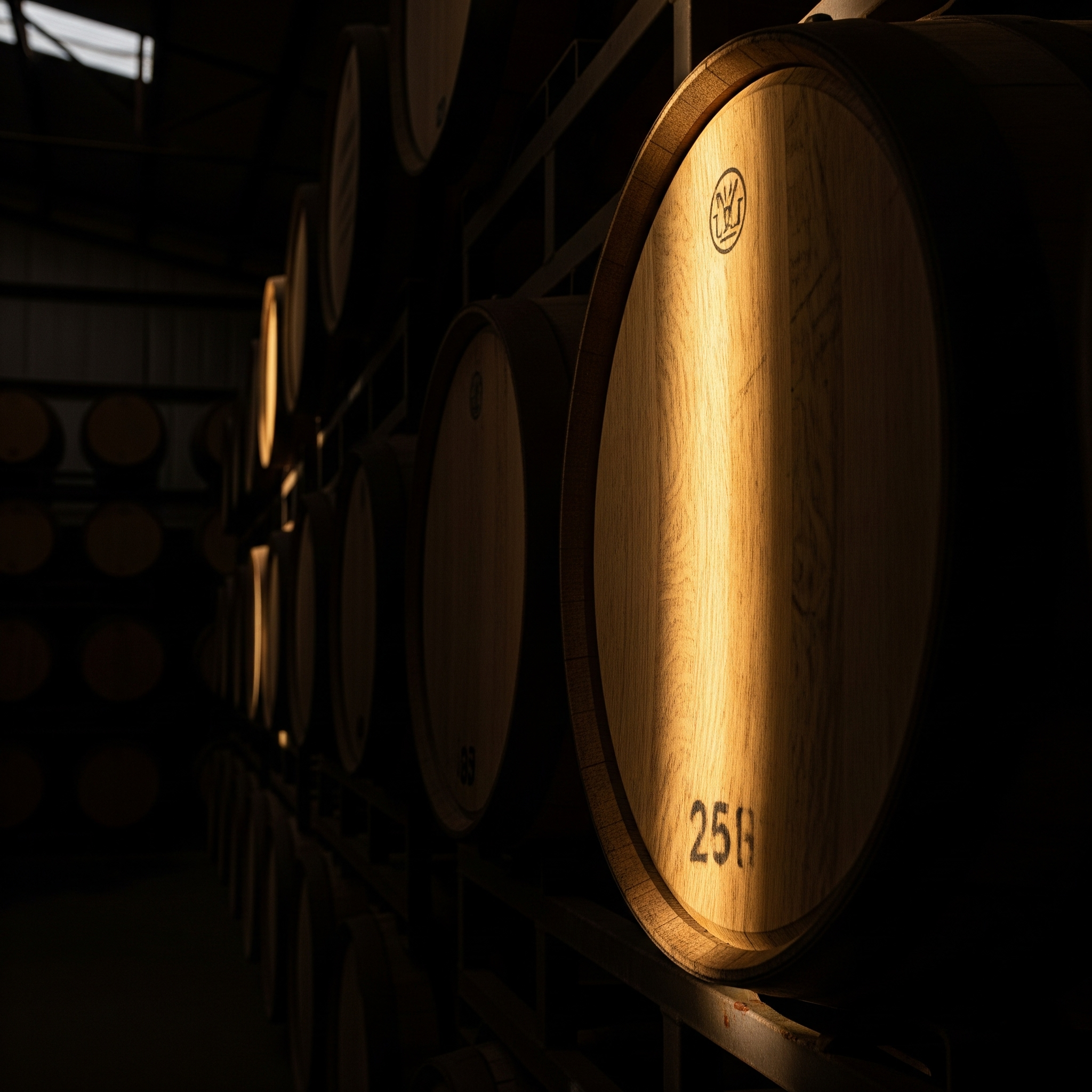
Let’s not confuse a slowdown with a collapse. What we’re seeing may be less of a bubble bursting and more of a market correction.
A Healthier Market:
- Over the past decade, demand outpaced supply. Now, many distilleries have ramped up production, and that whiskey is finally coming of age.
- Availability is up not because bourbon is dying, but because supply is catching up.
Smarter Consumers:
- Whiskey drinkers are savvier now. Instead of chasing hype, many are exploring value brands, store picks, and overlooked labels.
Evolution of Hype:
- New categories like American Single Malt are starting to gain attention. Flavored whiskeys and RTDs (ready-to-drink) are also taking up more shelf space.
Part 5: Bourbon’s Future: What to Watch For
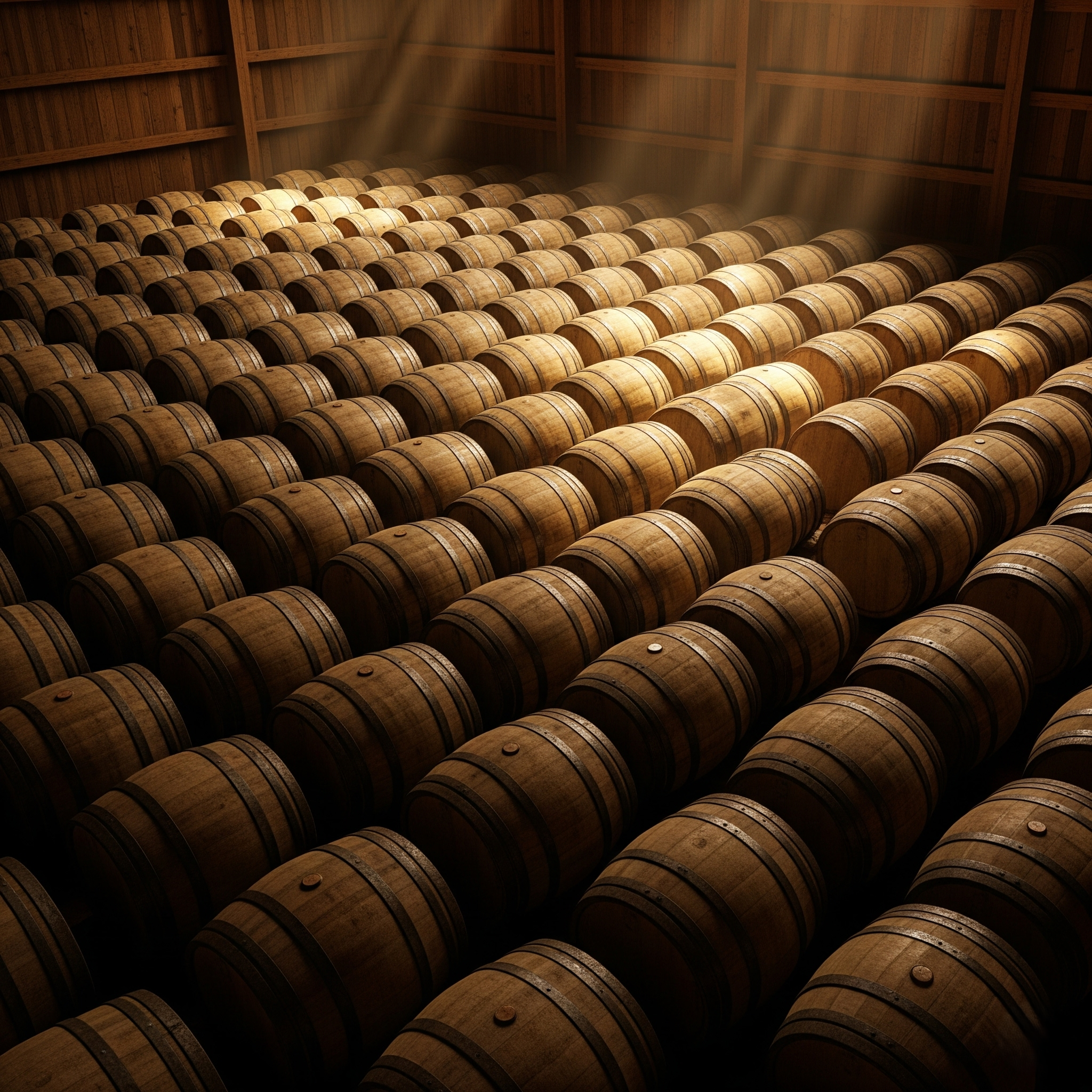 1. Premiumization Continues
1. Premiumization Continues
Consumers who stay in the whiskey world are leaning toward quality. Expect more limited edition, higher-end, and finished offerings.
2. Direct-to-Consumer (DTC) Growth
Brands are leaning into DTC shipping and subscription models. This shift could reshape how collectors and casual drinkers buy.
3. Sustainability and Transparency
Drinkers care more about where their spirits come from. Look for brands pushing sustainability, transparency, and authenticity in their production.
4. Craft Comeback?
Craft isn’t dead—just maturing. The ones that survive the shakeout will be stronger, with aged stock and brand loyalty.
5. Changing Consumer Tastes
The 2020s generation isn’t necessarily chasing the same bottles their dads did. Brands that adapt with innovation, price transparency, and storytelling will stand out.
Conclusion: Boom, Bubble, or Maturation?
So, is the bourbon boom slowing down? Yes—but that might not be a bad thing.
The chaos of the past decade fueled excitement, but also inflated expectations and prices. What we’re seeing now is a maturation of the market: more options, more access, and smarter drinkers.
For enthusiasts, this could be a golden opportunity. As hype fades, true quality shines through. Bottles that once required three favors and a gas station meet-up might now be waiting on a shelf nearby. And in that shift, the soul of bourbon—shared among friends, sipped with intention—just might become stronger than ever.
What do you think? Have you noticed changes in your local bourbon scene? Let me know in the comments or tag @bourbinsane on social.
Join the Bourbinsane Family on Patreon!
Get more exclusive whiskey reviews, insider updates, and early access to new content by becoming a supporter on Patreon!
There are no comments
Leave a Reply
You must be logged in to post a comment.
